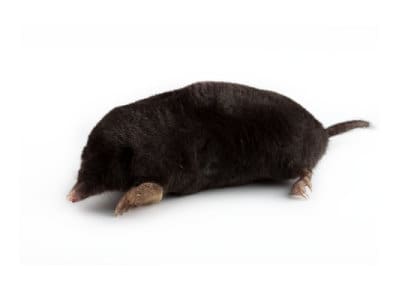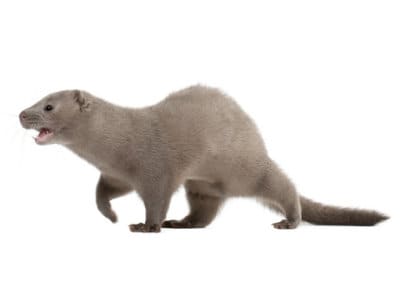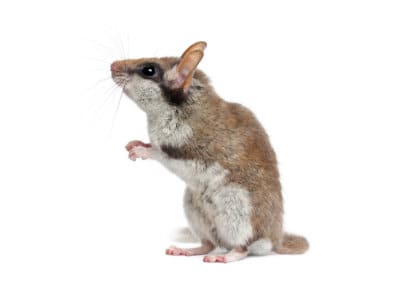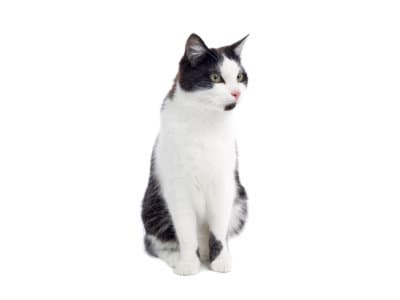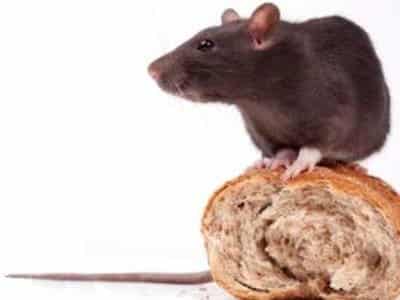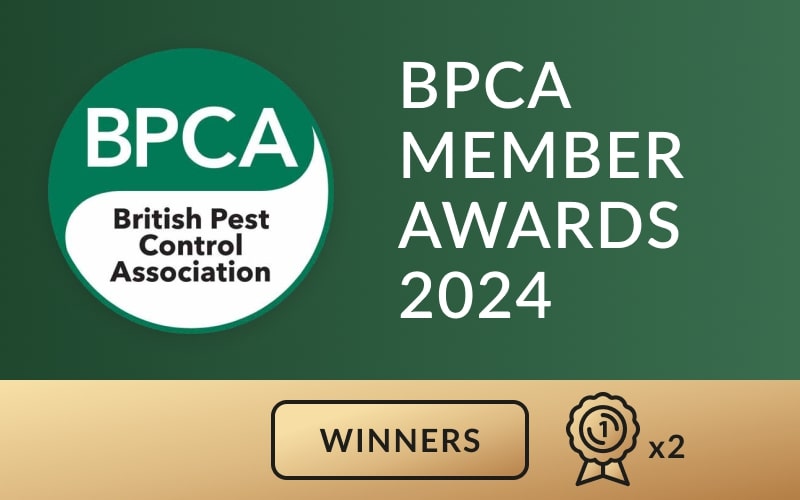Grey Squirrels (Sciurus carolinensis) are part of the rodent family, having the sharp characteristic incisors that grow throughout their lives. Their bodies are well adapted for climbing and jumping, with sharp claws for gripping and a long bushy tail for balance.
The Key Facts About Grey Squirrels
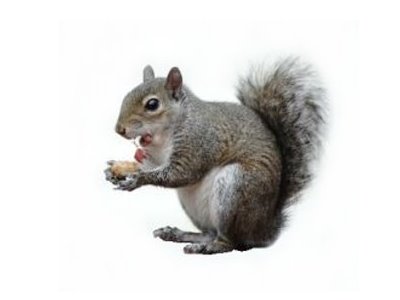 Grey squirrels were not originally native to the UK. They were deliberately introduced to Britain from North America in the 1870s by rich individuals looking to add some exotic animals to their estates. However, due to the lack of natural predators and the grey squirrel’s aggressive feeding habits, they quickly spread throughout most of mainland England and Wales, though it is still absent from much of Scotland and from offshore islands.
Grey squirrels were not originally native to the UK. They were deliberately introduced to Britain from North America in the 1870s by rich individuals looking to add some exotic animals to their estates. However, due to the lack of natural predators and the grey squirrel’s aggressive feeding habits, they quickly spread throughout most of mainland England and Wales, though it is still absent from much of Scotland and from offshore islands.
Nowadays, grey squirrels are common residents of urban areas, living in parks and gardens wherever there are trees. Being highly adaptable the grey squirrel is easily able to out-compete the protected red squirrel, whose habitat requirements are more specific and less flexible. This behaviour actually drove the red squirrel to the brink of extinction in the UK, although conservation efforts have helped to restore their numbers slightly.
Grey squirrels are what’s known as “scatter-hoarders”. They will actively seek out food and then immediately bury it in small holes in the ground. The length of time that they leave the food in these holes can vary quite dramatically. For example, some are dug only temporarily so that the squirrel can build up a large stockpile in one area, before moving it closer to its main cache later on. Others will remain buried for months until the winter when food becomes scarcer. Grey squirrels can be rather sneaky about guarding their caches, to the point where they will mime the action of burying food while actually keeping it in their mouths if they feel they are being watched.
Grey squirrels (Sciurus carolinensis) build nests called dreys, made from twigs and leaves in the forks of trees. They may also use tree hollows known as dens since these provide the nest with some extra protection from the elements. Dreys and dens are used both for shelter and for breeding.
Grey Squirrel (Sciurus carolinensis): The Significance of Control
Grey squirrels can cause serious damage in urban areas when they enter roof spaces of houses and other buildings. As rodents, they have an uncontrollable instinct to continually gnaw on wood, since their teeth continue to grow throughout their lives. This means that once inside a building they can chew woodwork and ceilings and damage electrical wiring. They may also tear up insulation to form a drey and sometimes drown in uncovered cold water storage tanks, contaminating the water. The cost of the physical damage caused can be significant. Most seriously, rodents chewing through electrical wiring are responsible for an estimated 15% of house fires, so an infestation needs to be dealt with as swiftly as possible.

Grey squirrel activity inside houses does more than just physical damage, too. Their presence can also cause disruption and fear due to the significant amount of noise these pests make. They are primarily active during the daytime but may scamper around in attics at night and disrupt the sleeping patterns of the occupants of the house.
In market gardens, they will take fruit such as strawberries, apples and plums and dig holes in lawns to bury food. They are also known to raid the nests of small birds taking their eggs or damage, empty and carry off bird feeders from gardens. Many squirrel infestations begin with the animals stealing from a bird feeder, with the pests then sticking around in the knowledge that there is an easy source of food nearby.
Call Pest Solutions to Get Rid of That Pest Today!
Complete United Kingdom coverage from our numerous local regional branches grants Pest Solutions the capability to respond quickly to help eliminate your Pest Infestations today. We deal with grey squirrel infestations on a regular basis, so we have the necessary expertise to deal with such problems in the most efficient manner possible. Furthermore, our pest control technicians follow all the necessary guidelines to ensure that the animals are treated as humanely as possible. Call us now to get a highly skilled member of our properly trained service staff come and aid you in dealing with that Pest Control issue.
Find your local Pest Solutions branch here. Call 0800 027 2555 today for a FREE survey or to arrange a service technician visit.
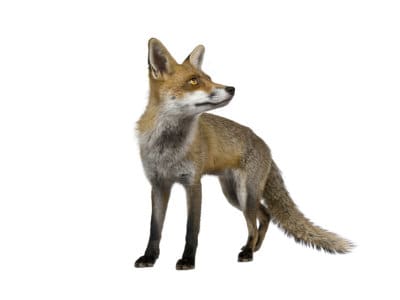





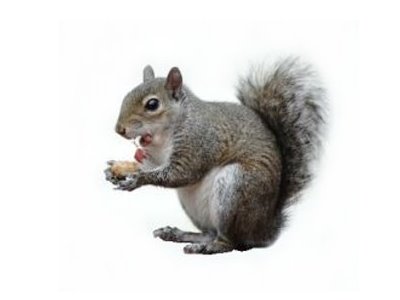
 Grey squirrels were not originally native to the UK. They were deliberately introduced to Britain from North America in the 1870s by rich individuals looking to add some exotic animals to their estates. However, due to the lack of natural predators and the grey squirrel’s aggressive feeding habits, they quickly spread throughout most of mainland England and Wales, though it is still absent from much of Scotland and from offshore islands.
Grey squirrels were not originally native to the UK. They were deliberately introduced to Britain from North America in the 1870s by rich individuals looking to add some exotic animals to their estates. However, due to the lack of natural predators and the grey squirrel’s aggressive feeding habits, they quickly spread throughout most of mainland England and Wales, though it is still absent from much of Scotland and from offshore islands.

